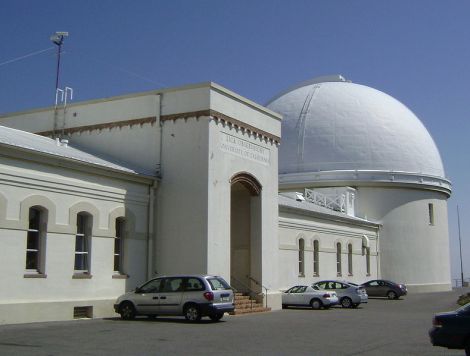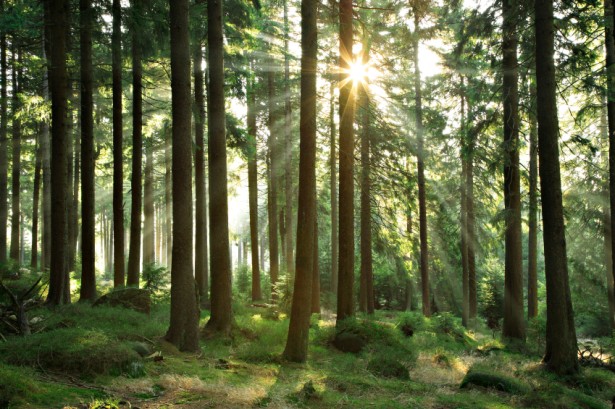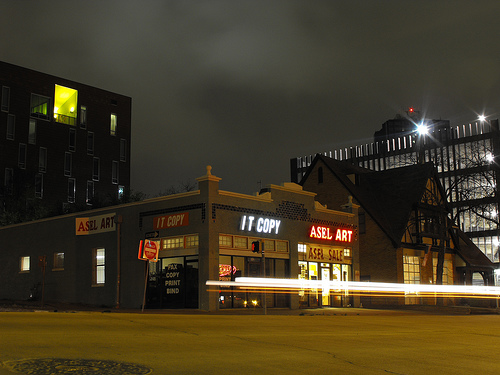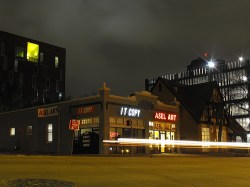This is a map of light pollution in the area around Austin, Texas.

Those purple markers (which are clickable at the map’s website) indicate how much or how little night sky is visible. For the ones near the city core, the emphasis is on “little.” In 2007, the city passed regulations aimed at reducing the amount of light that brightens the night sky, but old fixtures — and the city’s highways — were grandfathered in until 2015.
Yesterday, they took more direct action. The city council approved spending up to $15 million to replace or upgrade half of Austin’s streetlights. The decision will result in the removal of existing plastic domes from under the lamps, which tend to diffuse the light broadly (and inefficiently). More importantly, it will also buy 35,000 LED lights, which use half the power of the existing bulbs and which last up to 15 years.
You know who’s excited about this move? Astronomers, professional and casual. Take that map at the top of the page — it was built using data from the Royal Astronomical Society. Astronomers dig dark skies. Even in Austin.
Stargazing in Austin is “rather limited,” said Dawn Davies, outreach chair of the Austin Astronomical Society, an amateur group. “One can see the moon, can make out the planets and key stars and constellations. But it’s not what one would consider an ideal situation.”
From an astronomer’s perspective, Davies said, the “remedy might be expensive, but it’s rather straightforward.”
Good job, Austin! But that’s only part of the story I came here to tell.

The earliest high-tech facility in the Silicon Valley was not Fairchild Semiconductor. It was Lick Observatory at Mt. Hamilton.
Barely visible from the valley floor, the observatory is a small white bump on the surrounding hillsides, as it has been since it was completed in 1887. In 1888, scientists moved in, and have been there ever since. It’s been up there as the valley floor beneath it filled in first with fruit trees, then houses, then San Jose, the 10th-largest city in the country.
This posed a problem. By the 1970’s, light pollution from the valley was obscuring the Observatory’s ability to see the night sky. So in 1980, the observatory worked with the city of San Jose on a then-innovative solution: introducing low-pressure sodium streetlights that not only used less electricity, but also produced a light wavelength that could be easily filtered from the observatory’s telescopes.
To this day, San Jose glows a dull yellow at night. Slightly confusing when approaching a yellow traffic light, but a masterpiece of balancing the needs of the city with the broader good.
That’s precisely what Austin has done. At a moment when Detroit’s budget issues demand it turn off some of its streetlights entirely, it’s commendable — and, of course, fiscally smart — that Austin is investing in upgrades. That it has the ancillary benefit of opening up the night sky to residents and scientists alike is icing.
Delicious, science-y icing.




